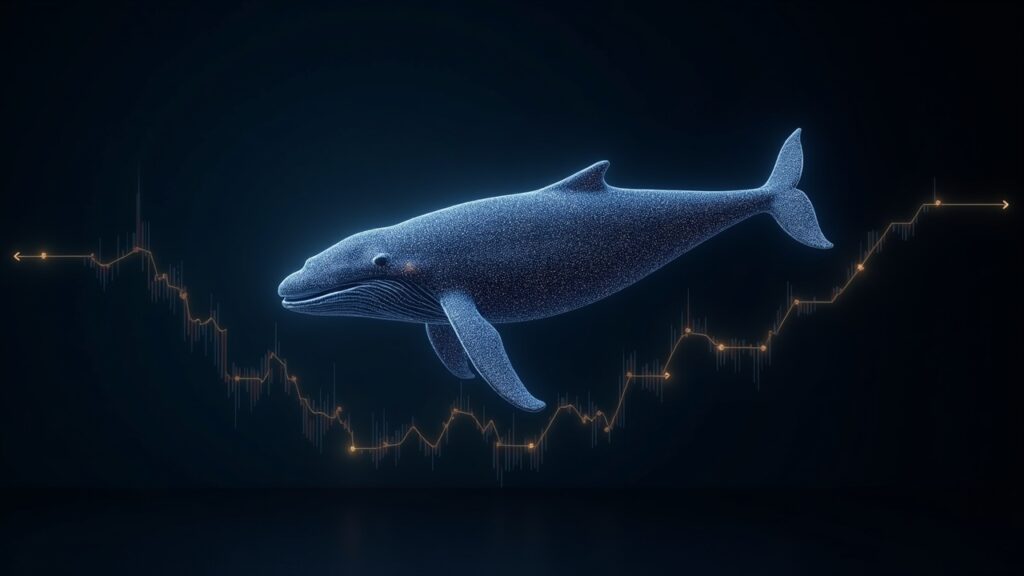The recent market crash on October 11 has triggered notable shifts in Bitcoin whale behavior. On-chain data from the CryptoQuant platform reveals three distinct patterns that suggest a new phase of selling pressure. These movements are raising alarms about potential short-term volatility, with one analyst highlighting the importance of market redistribution.
CryptoQuant data shows three clear changes. First, dormant whales have begun to move. For example, on October 14, 14,000 BTC that had been inactive for a period of 12 to 18 months were mobilized. This has spiked the Coin Days Destroyed (CDD) metric to its highest level in a month.
Second, whale inflows to exchanges increased significantly. Analyst Maartunn noted that 17,184 BTC were sent to centralized platforms on October 15. This figure represents the highest transfer level recorded in the past month. Historically, a rise in inflows from large holders is a short-term bearish signal, as it usually indicates preparation to sell.
Whale dominance on exchanges is spiking
The third key indicator highlighted by the data is the “Exchange Whale Ratio.” This metric measures the proportion of the top 10 inflow transactions relative to the total inflows on exchanges. Since the market drop, this ratio has reached its highest point in 30 days, hitting peak levels.
This is relevant because it demonstrates that whales are dominating the current trade flow. When a small number of actors control a large portion of the liquidity entering exchanges, their ability to influence the price increases dramatically. This creates an environment of high fragility in the market, where large trades can “easily disrupt liquidity” and generate unexpected spikes in volatility.
Is this normal redistribution or the prelude to greater volatility?
These shifts in Bitcoin whale behavior are generating interpretations in the community. Analyst Maartunn explained that this could simply be a typical redistribution phase. He noted that it might be Bitcoin moving from older whales to new institutional holders, such as ETF funds and institutional accumulators. In his view, it is a normal market maturation process and “nothing more.”
However, the Bitcoin market economy faces risks if this activity intensifies. The combination of awakening whales, high inflows, and a clear dominance in transaction ratios sets a stage for high caution for short-term traders.
The post-crash on-chain activity demonstrates that major players are reacting actively. The market is watching whether these shifts in Bitcoin whale behavior are temporary or the start of a more sustained bearish trend. The key will be to monitor if the exchange inflows, noted by Maartunn, remain elevated. If selling pressure persists, the market could face deeper volatility.

